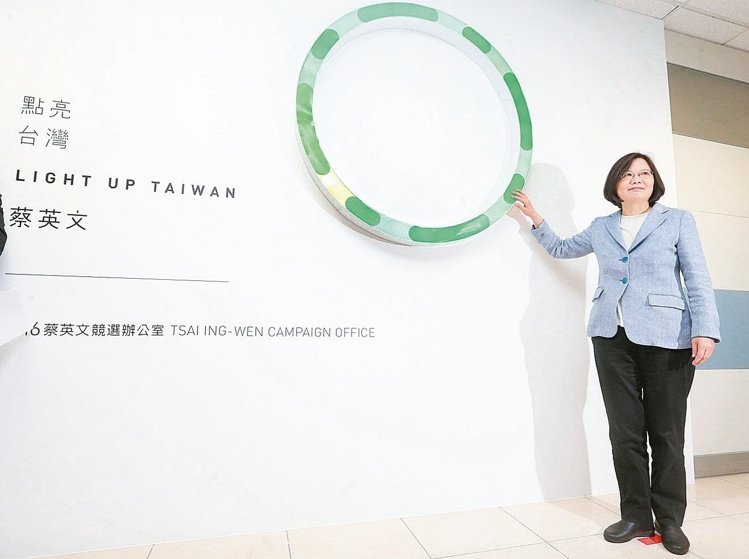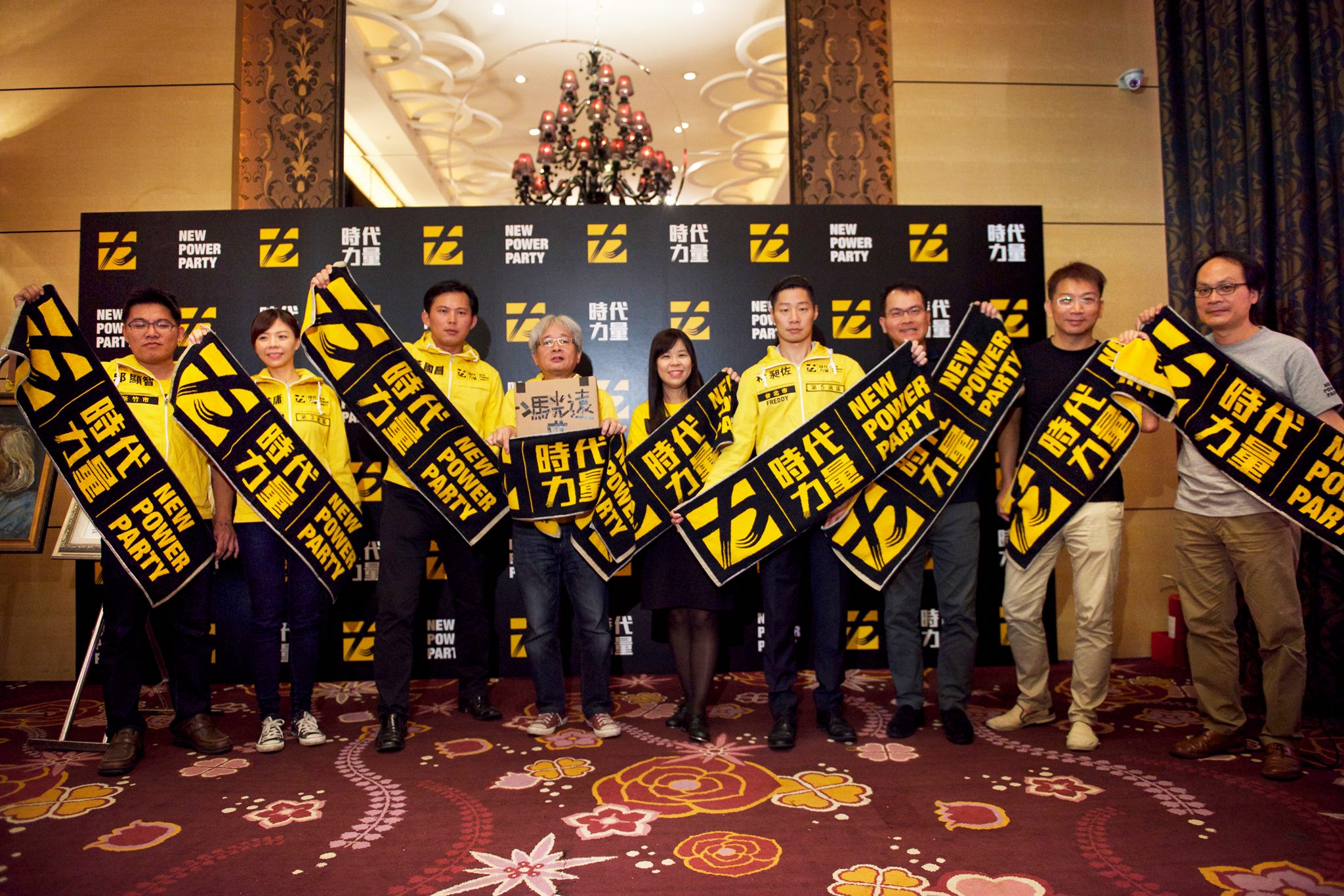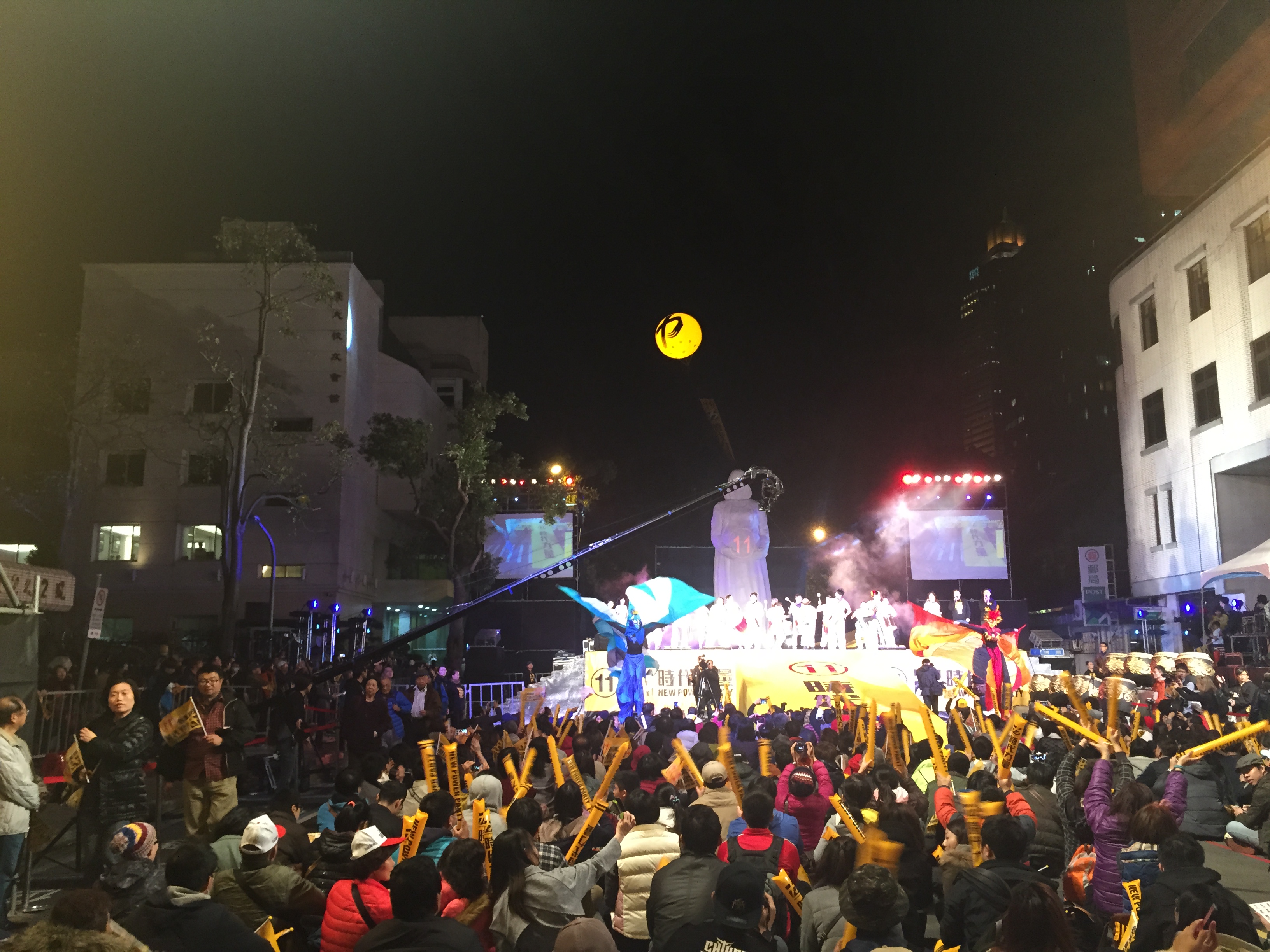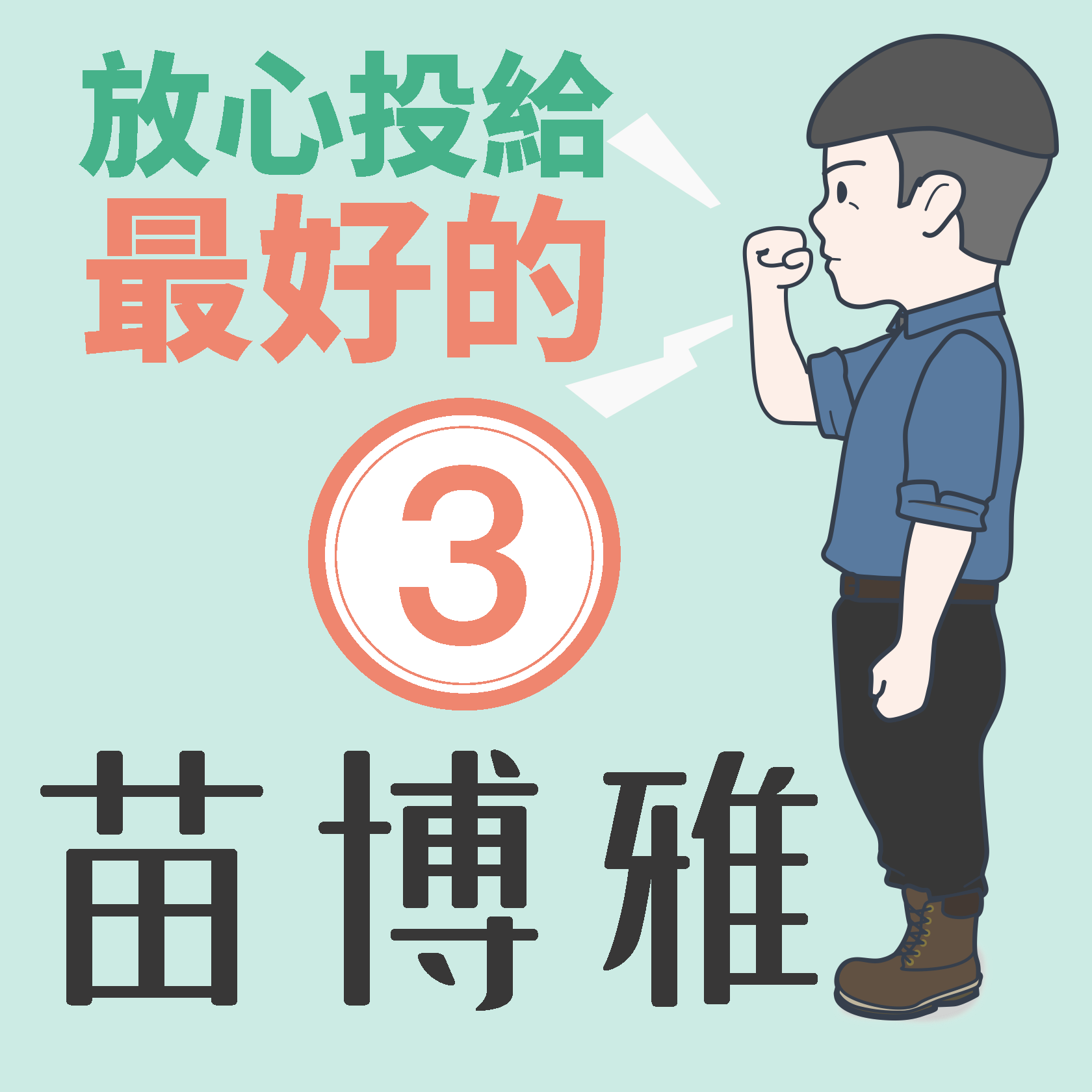by Brian Hioe
語言:
English
Photo Credit: Tsai Ing-Wen
IT MAY BE interesting to note the biggest winners of 2016 elections will probably be those political parties who were most aesthetically effective, as well as inventive, in their approaches to political campaigning. As should obvious at this point, it will be the DPP that takes the presidency under Tsai Ing-Wen. Moreover, of the Third Force parties, it will likely be the New Power Party which wins the most.
 Tsai Ing-Wen standing outside of her campaign headquarters, pointing to the “Light up Taiwan” logo. Photo credit: UDN
Tsai Ing-Wen standing outside of her campaign headquarters, pointing to the “Light up Taiwan” logo. Photo credit: UDN
Both the Tsai Ing-Wen campaign and the New Power Party’s campaign aesthetics were well-designed and featured remarkably consistent design. What is impressive about the Tsai campaign’s advertising is that the campaign’s aesthetics were consistent across its campaign ads, video ads, online advertising, website, and even in is campaign headquarters. The campaign was branded with the slogan of “Light Up Taiwan” and largely featured a minimalist aesthetic with green highlights from the DPP’s signature color green. The DPP campaign aesthetic extends to individual candidates, most candidates having ads featuring a picture of the candidate and retaining stylistic features drawn from the main Tsai campaign.
The campaign was designed by Aaron Nieh (聶永真), designer of key Sunflower Movement website “Democracy at 4 AM” and also one of Taiwan’s most famous contemporary designers, having recently also designed an ad campaign for Seven-Eleven which could be seen across all of the country’s convenience stores.
 New Power Party candidates wearing their signature yellow jackets. Photo credit: New Power Party
New Power Party candidates wearing their signature yellow jackets. Photo credit: New Power Party
Likewise, the New Power Party campaign aesthetics have also been very consistent across their campaign. The New Power Party’s signature color is yellow, taken from the signature colors of the Sunflower Movement. This is reflective of the party’s sense of identity as a party formed in the wake of the Sunflower Movement and a party which includes major Sunflower Movement figures such as leaders Huang Kuo-Chang, Chen Wei-Ting, and Lin Fei-Fan. Political candidates of the NPP have taken to dressing in custom yellow jackets emblazoned with the party’s logo, their name, and their position within the party. Apart from that this is eye-catching and stylish, the design of these yellow jackets is an inventive spin on the traditional vests worn by politicians during political campaigns in Taiwan that list their name and party affiliation. With the increasing closeness of the DPP and the NPP, NPP candidates have also started to have campaign ads featuring pictures of themselves and Tsai—with the notable exception of Chiu Hsien-Chih, who is running against DPP minority whip Ker Chien-Ming.
The most public display of the NPP’s aesthetic experimentalism to date has probably the use of Chthonic’s heavy metal concert, held on December 26th, as a campaign rally. NPP candidate Freddy Lim is, of course, frontman of the famed black metal band Chthonic. Likewise, an NPP campaign rally held on January 9th in Taipei on Jinan Road outside of the Legislaive Yuan featured carnival dancers, stage and musical performances, and fifteen foot statues as decorations.
 NPP rally on the night of January 9th on Jinan Road outside the Legislative Yuan. Note the carnival dancers in the foreground and large statuary in the background. Photo credit: Brian Hioe
NPP rally on the night of January 9th on Jinan Road outside the Legislative Yuan. Note the carnival dancers in the foreground and large statuary in the background. Photo credit: Brian Hioe
We might note the importance of the Internet in election campaigning to date. The Third Force parties, having less resources than traditional parties as the KMT or DPP, have been in large part dependent upon the Internet to provide a less expensive means of advertising. As the campaign went on, in tandem with increasing closeness to the DPP, eventually elements of the Third Force did seem to turn towards more traditional forms of campaign advertising they were previously unwilling to use, which was also a product of increased funding. Third Force parties as the NPP, Social Democratic Party (SDP), and Free Taiwan Party (FTP) focused very heavily on online advertising, spending money to buy Facebook ads.
Individual candidates were sometimes more inventive in regards to online advertising. Particularly successful has been SDP candidate Miao Poya’s online videos, for example, in which Miao explains a political issue in simple terms and Miao’s position on it. Miao’s campaign also featured a coherent design aesthetic achieved by inviting designers to collaborate on designing fonts and other stylistic embellishments for the campaign. Other candidates have added personal touches to their campaign which were only made possible through social media, for example, by sharing short comics drawn by themselves or sharing details of their personal lives on social media.
 Cartoon-style campaign ad featuring an image of Miao Poya. Photo credit: Miao Poya
Cartoon-style campaign ad featuring an image of Miao Poya. Photo credit: Miao Poya
But an early aspiration of the Third Force was towards developing new, experimental forms of politics suited for the Internet age and the current generation of Taiwan’s young. A unique experiment, then, was the NPP’s online system to generate a list of candidates to put forward in the next election. Though some thought this was silly or would nominate their friends or members of the KMT in jest, this was an aspiration to realize a form of popular, direct democracy in Taiwan without domination by large parties lacking in transparency.
However, the DPP has also been surprisingly innovative with the use of the Internet in its campaign, despite that the party apparatus and financial resources of the DPP means it could have stuck to more traditional means of campaigning. For example, Tsai Ing-Wen’s web campaign ran “Taiwan Melody,” a site for people to submit songs about Taiwan to be nominated by votes and then vetted by a panel of professional musicians for use in the election campaign.
Other campaigns by the Tsai have also been innovative, including cards with “Equality” and a rainbow slogan written on them, telegraphing Tsai’s support of marriage equality, and a donation campaign featuring 3D printed piggy banks. The piggy banks were a symbol dating from Tsai’s first campaign, in which 87% of Tsai’s donations were collected through individuals donating piggy banks. But this was also a contest, with individuals invited to submit designs for 3D printed piggy banks and the winner as to the best design decided through online voting.
Funnily enough, on the other side of the political aisle, KMT advertising during this election season has in multiple cases led to the accusation that the KMT was plagiarizing the DPP’s advertising. And the advertising of the MKT is intentionally retro, as befit its call for a return to the glory days of the KMT.
In truth, aesthetic and political experimentalism in campaigning by the DPP, the NPP, and other Third Force parties are all in appearances, without genuine political and substantive content. Yet perhaps the appearance of such aesthetic and political experimentalism in 2016 elections is just another sign that an era is changing in Taiwan.


 Tsai Ing-Wen standing outside of her campaign headquarters, pointing to the “Light up Taiwan” logo. Photo credit: UDN
Tsai Ing-Wen standing outside of her campaign headquarters, pointing to the “Light up Taiwan” logo. Photo credit: UDN New Power Party candidates wearing their signature yellow jackets. Photo credit: New Power Party
New Power Party candidates wearing their signature yellow jackets. Photo credit: New Power Party NPP rally on the night of January 9th on Jinan Road outside the Legislative Yuan. Note the carnival dancers in the foreground and large statuary in the background. Photo credit: Brian Hioe
NPP rally on the night of January 9th on Jinan Road outside the Legislative Yuan. Note the carnival dancers in the foreground and large statuary in the background. Photo credit: Brian Hioe Cartoon-style campaign ad featuring an image of Miao Poya. Photo credit: Miao Poya
Cartoon-style campaign ad featuring an image of Miao Poya. Photo credit: Miao Poya